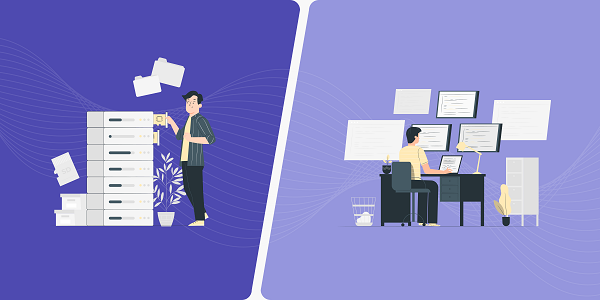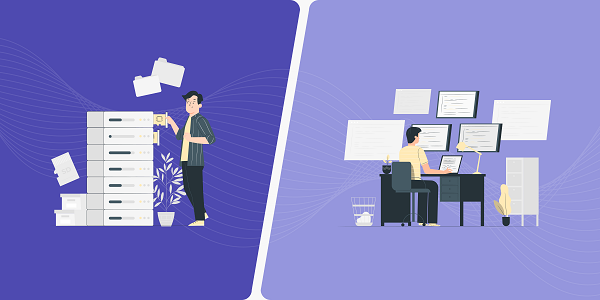Residential Proxies
Allowlisted 200M+ IPs from real ISP. Managed/obtained proxies via dashboard.

Proxies
Residential Proxies
Allowlisted 200M+ IPs from real ISP. Managed/obtained proxies via dashboard.
Residential (Socks5) Proxies
Over 200 million real IPs in 190+ locations,
Unlimited Residential Proxies
Use stable, fast, and furious 700K+ datacenter IPs worldwide.
Static Residential proxies
Long-lasting dedicated proxy, non-rotating residential proxy
Dedicated Datacenter Proxies
Use stable, fast, and furious 700K+ datacenter IPs worldwide.

Web Unblocker
View content as a real user with the help of ABC proxy's dynamic fingerprinting technology.
Proxies
API
Proxy list is generated through an API link and applied to compatible programs after whitelist IP authorization
User+Pass Auth
Create credential freely and use rotating proxies on any device or software without allowlisting IP
Proxy Manager
Manage all proxies using APM interface

Proxies
Residential Proxies
Allowlisted 200M+ IPs from real ISP. Managed/obtained proxies via dashboard.
Starts from
$0.77/ GB
Residential (Socks5) Proxies
Over 200 million real IPs in 190+ locations,
Starts from
$0.045/ IP
Unlimited Residential Proxies
Use stable, fast, and furious 700K+ datacenter IPs worldwide.
Starts from
$79/ Day
Rotating ISP Proxies
ABCProxy's Rotating ISP Proxies guarantee long session time.
Starts from
$0.77/ GB
Static Residential proxies
Long-lasting dedicated proxy, non-rotating residential proxy
Starts from
$5/MONTH
Dedicated Datacenter Proxies
Use stable, fast, and furious 700K+ datacenter IPs worldwide.
Starts from
$4.5/MONTH
Knowledge Base
English
繁體中文
Русский
Indonesia
Português
Español
بالعربية


Analyze the actual application scenarios of ChatGPT combined with Retrieval Augmented Generation (RAG) technology, explore its value in knowledge integration and data acquisition, and understand how abcproxy provides underlying support for the RAG system.
What is ChatGPT RAG Technology?
Retrieval-Augmented Generation (RAG) is a key extension technology for large language models such as ChatGPT. It dynamically supplements model knowledge by retrieving external knowledge bases in real time, thereby improving the accuracy and timeliness of generated content. RAG systems usually rely on large-scale data collection to build knowledge bases. In this process, proxy IP services (such as abcproxy) can circumvent anti-crawling restrictions and ensure the diversity and integrity of data sources.
What is the core mechanism of RAG technology?
The operation of the RAG system is divided into two stages:
Retrieval phase: Based on the user input query, relevant document fragments are extracted from structured or unstructured databases.
Generation phase: concatenate the retrieval results with the original input and input the language model to generate the final response.
This mechanism breaks through the limitation of traditional models that rely only on training data. For example, in medical consultation scenarios, RAG can retrieve the latest medical papers in real time to assist in the generation of diagnostic suggestions. In order to keep the knowledge base updated, it is necessary to continuously capture data such as industry reports and academic journals. At this time, highly anonymous residential proxies can effectively simulate real user access behavior.
What are the typical application scenarios of ChatGPT RAG?
Vertical field knowledge quiz
In professional fields such as finance and law, the RAG system can generate investment advice or contract templates that meet compliance requirements by accessing industry databases. For example, it can automatically generate a corporate competitiveness analysis report by combining the financial report data of listed companies.
Dynamic information integration
For real-time events (such as sports events and stock quotes), RAG can retrieve the latest information from news websites and API interfaces to generate interpretation content with data support. In this scenario, the high concurrency of the data center proxy can ensure the synchronous collection of multi-source data.
Long text summary optimization
Traditional models tend to lose key information when processing long documents. RAG significantly improves the quality of summaries by locating core paragraphs through retrieval, for example, extracting conclusions on technology development trends from hundreds of pages of research reports.
What technical challenges are there in building a RAG system?
Data quality depends on
The coverage and update frequency of the knowledge base directly affect the performance of RAG. If the target website has an anti-crawling mechanism (such as frequency restriction, IP blocking), it is necessary to maintain the stability of collection through proxy IP rotation. abcproxy's static ISP proxy provides a long-term fixed IP, which is suitable for data sources that need to be continuously monitored.
Retrieval accuracy optimization
The matching degree between the search results and the user's intention determines the relevance of the generated content. Improvements include fine-tuning the embedding model, multimodal search (combining text and graphs), and hybrid search strategies (querying databases and network resources at the same time).
Computing resource consumption
Real-time retrieval consumes a lot of computing power, especially when processing millions of documents. Some solutions use hierarchical index structures or approximate nearest neighbor algorithms (ANN) to shorten retrieval time.
How does abcproxy support RAG system development?
As a key link in the data collection infrastructure, abcproxy provides the following technical support:
Residential proxy: simulates the real geographical distribution of users and breaks through geographical restrictions to obtain localized content (such as policy documents of different countries).
Unlimited Residential proxys: Supports ultra-large-scale crawling tasks and is suitable for building knowledge bases covering multiple languages and fields.
Socks5 proxy: provides protocol-level anonymity to meet the needs of government or academic data collection with higher security requirements.
Through the intelligent IP scheduling system, abcproxy can automatically match the best proxy type to balance collection speed and cost efficiency. For example, when crawling social media data, residential proxies can bypass the platform's blocking strategy based on behavioral patterns.
As a professional proxy IP service provider, abcproxy provides a variety of high-quality proxy IP products, including residential proxy, data center proxy, static ISP proxy, Socks5 proxy, unlimited residential proxy, suitable for a variety of application scenarios. If you are looking for a reliable proxy IP service, welcome to visit the abcproxy official website for more details.
Featured Posts
Popular Products
Residential Proxies
Allowlisted 200M+ IPs from real ISP. Managed/obtained proxies via dashboard.
Residential (Socks5) Proxies
Over 200 million real IPs in 190+ locations,
Unlimited Residential Proxies
Use stable, fast, and furious 700K+ datacenter IPs worldwide.
Rotating ISP Proxies
ABCProxy's Rotating ISP Proxies guarantee long session time.
Residential (Socks5) Proxies
Long-lasting dedicated proxy, non-rotating residential proxy
Dedicated Datacenter Proxies
Use stable, fast, and furious 700K+ datacenter IPs worldwide.
Web Unblocker
View content as a real user with the help of ABC proxy's dynamic fingerprinting technology.
Related articles

How does the ChatGPT RAG example improve information processing capabilities
Analyze the actual application scenarios of ChatGPT combined with Retrieval Augmented Generation (RAG) technology, explore its value in knowledge integration and data acquisition, and understand how abcproxy provides underlying support for the RAG system.

How does Best Socks5 Proxy ensure anonymous network needs
This article explores the core value of Socks5 proxy in anonymous networks and analyzes how abcproxy high anonymous proxy meets diverse security needs.

How to remove website access restrictions
This article analyzes the technical principles and mainstream solutions of website access restrictions, and explores the core role of proxy IP in bypassing regional blocking and anti-crawling mechanisms. abcproxy provides multiple types of proxy IP services to help you break through network restrictions efficiently.